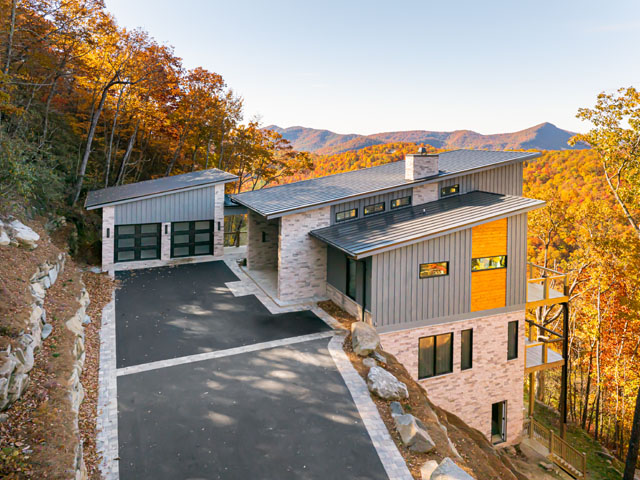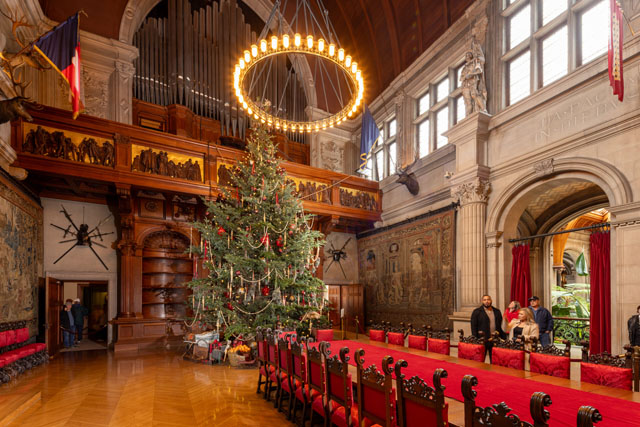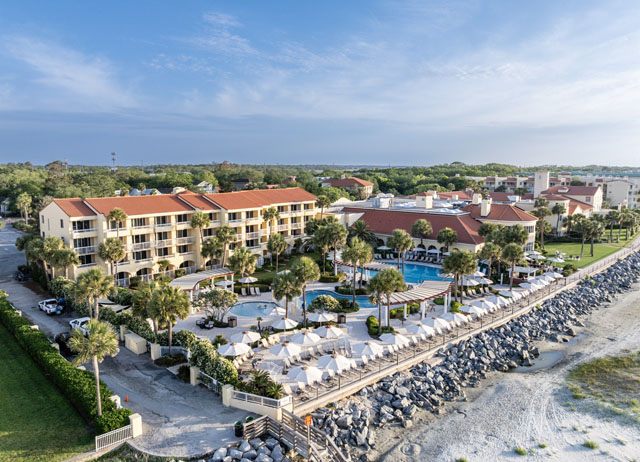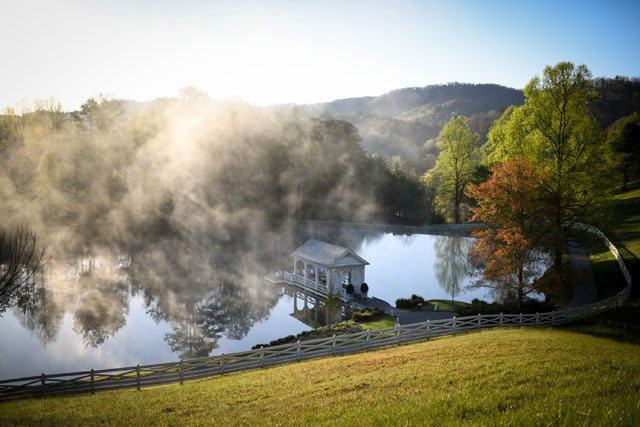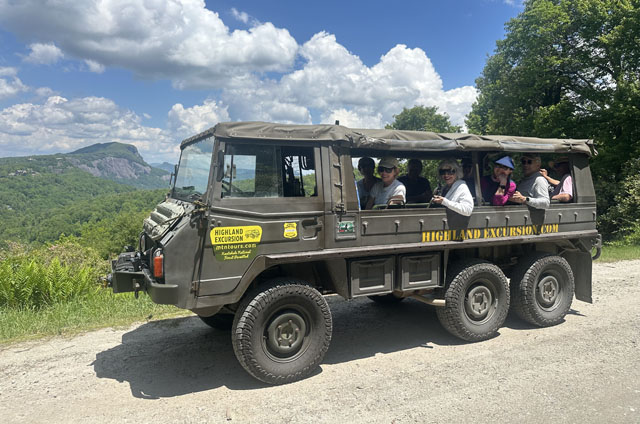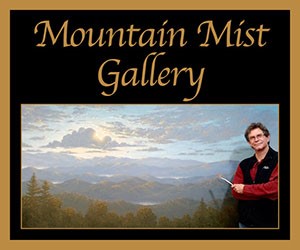Texas is Calling
06 Feb 2024
Big Bend offers unique winter splendor
Story and photos by BRENDON VOELKER
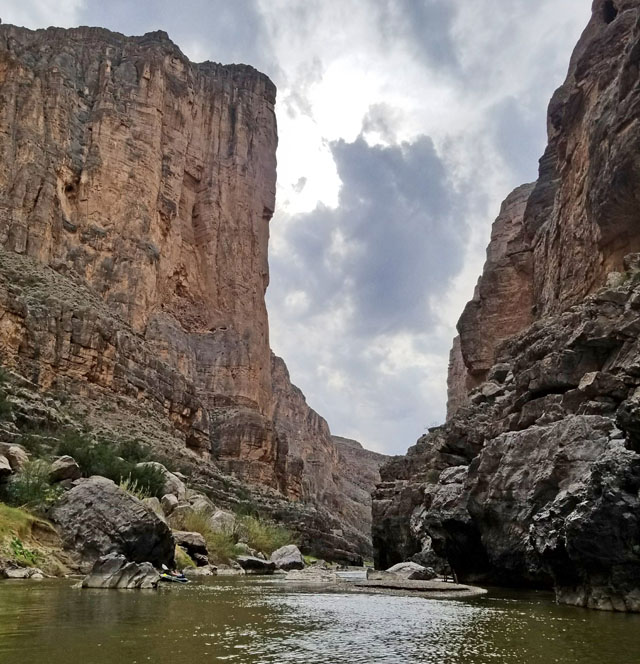
Winter graces the plateau in myriad ways. On some occasions, we have the magical white Christmas we dream of experiencing with our loved ones. Some years, such as 2022, western North Carolina is visited by a winter blast that brings a bitter chill to our bones. Frozen pipes, power outages, and overwhelmed cell phone towers leave us wishing we were in a warmer climate. Other years, it’s sunny with a high of 75, and we do all we can to avoid the premature budding of our spring plants. Despite the variety, the plateau remains magical, but that doesn’t mean a vacation is not in order. In fact, in the dead of winter, it can be just what you need.
The desert southwest is one of the best places within the lower 48 to visit in the winter. While driving east to west across North Carolina can take upwards of 10 hours, the Lone Star State is almost 15 hours across. But long drive or not, the furthest reaches of Texas may be the best winter destinations to visit in the south. Named after the mighty bend in the Rio Grande River, the Big Bend region of Texas hosts some of the most spectacular scenery, desirable weather, and idyllic small towns in the desert southwest.
As this is written in December of 2023, the temperatures in the Rockies have plummeted well below freezing, with most of the ski resorts having begun their season. Even the Texas panhandle sits in the low 30’s for a high, while Dallas and Houston hover in the 60’s. The sweet spot, however, is along the border with Mexico below the small towns of Alpine, Marathon, and Marfa, with one of the closer towns being Terlingua.
It’s an environment where the cactus abound, rattlesnakes are king, and small mammals hide amongst the juniper brush never letting visitors know of their existence. Tumbleweeds graze the blacktop as if in a Looney Tunes episode. Hundreds of red strobe lights ignite in synchrony across the horizon. Oil derricks churn against the rhythm, pulling crude oil from deep within the Permian Basin. The stars glimmer through the dark sky, gas prices decrease, and speed limits rise in some places up to 80 miles per hour. The vast expanse of west Texas echoes with the howl of coyotes while road runners and tumbleweeds line the edge of the highway. It is an experience you will never forget.
The first thing to know about Big Bend is that you should plan your adventure in advance, no matter how you decide to explore. From a recreational standpoint, the two main destinations are Big Bend State Park and Big Bend National Park, the latter offering more amenities and the opportunity for those looking to cross yet another national park off their list. Importantly, the state park offers the only singletrack mountain biking in the region, while the national park tends to cater more to those on foot and those with campers.
Best Hike
Dividing this section in two, the best long hike in the park by far is the Marufo Vega Trail. Nearing 13-miles round trip, it explores bluffs along the border and remote sandy washes. It is also one of the quieter day hikes within the park. Despite its proximity to the nearby campground, the remoteness means you will see fewer visitors than most hikes within the park.
For something shorter, the Hot Springs Trail is a spectacular hike for everyone in the family. There are two trailheads, one stand-alone parking area along the road, and access from the Rio Grande Village. 5.5-miles in length, an ancient hot spring about the size of a small pool lies along the river, with a dedicated area to enjoy it. If you speak with a local, you may even hear about another hot spring on the other side of the river, though it is now abandoned and not open to swim. That said, if you make friends with the locals, you may find one willing to take you down by horse and show you the remnants for a small fee.
Best Town
The aforementioned towns of Marfa, Alpine, Marathon, and Terlingua should top your list if you want to explore the ancient mining and ranching towns of Texas that now boast a higher coyote population than human. As a hub for all, and a stop on the Amtrak line, Alpine offers the most amenities of any destination in the region. A natural food store, donut shop, Thai restaurant, and plenty of authentic Mexican food offerings fill the tiny town of less than 6,000 people. The world’s smallest Prada store, a small building along a quiet roadway, also draws in those wishing to snap a photo. Terlingua offers live music and is less than 90 minutes from the national park.
Best Campsite
By default, the Chisos Basin Campground takes the title of best campground in the park. With both developed and primitive sites nearby, the adjoining visitor center offers access to some of the park’s most acclaimed hikes, including the iconic Emory Peak. Some sources list it as the highest prominent peak in the state, towering in at 7,800-feet. For perspective, that’s over 1,000-feet higher than Mount Mitchell, the highest natural point in the east coast. As the centerpiece of the park, you can see it from most areas. These unique high desert mountains are home to wildlife such as bears, mountain lions, cottontails, and a wide assortment of reptile life. Similar to the plateau and the Blue Ridge Mountains as a whole, the larger number of visitors make worrisome encounters very unlikely – especially in the winter.
Best Float
One of the most unusual and enjoyable ways to explore the national park is by water. Although the often-controversial border walls, patrolled crossings, and undocumented immigrants are known to line Mexico’s northern border, the river remains largely unguarded throughout the region. That said, it’s a long way from civilization on both sides, and remote border patrols keep the area relatively quiet.
The Santa Elena Canyon remains one of the most acclaimed segments of the Rio Grande River, and for good reason. Canyon walls hundreds of feet tall slice clean through the shallow and often slow river. Upstream of the park, the river has been dammed numerous times for agricultural water, making it unsafe to drink in most areas, but it allows for a safe and passable flow for paddleboards, kayaks, canoes, rafts, and even tubes in some areas. Imagine 1000-foot cliffs, comparable to Whiteside Mountain’s main face, lining long sections of river with mountain goats defying gravity as they run vertically along sheer cliffs with nothing more than 6 inches of foothold. The experience rivals even the mighty Chattooga River and offers a variety of backcountry camping options in the region.
Best Scenic Drive
Similar to the float, the Ross Maxwell Scenic Drive through the western reaches of the park offers some of the most astounding and commanding views of the Chisos Mountains, including Sotol Vista, Mule Ears, and a stunning view into Santa Elena Canyon. While remote, one could spend the entire day exploring the numerous overlooks and hikes along the way or enjoy camping at the Cottonwood Campground just past the park’s visitor center. If you’re driving a four-wheel drive vehicle, there are remote unpaved roads to make your way back if that’s your jam.

